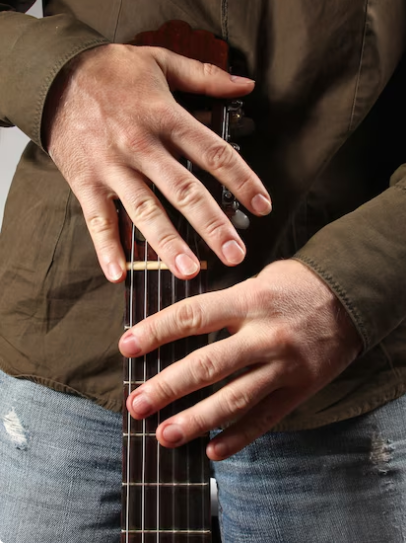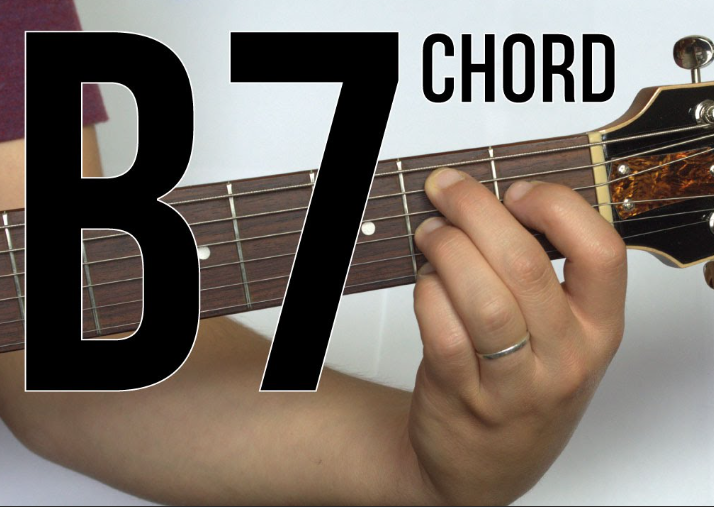5 Finger Strength and Dexterity Exercises for New Guitar Players

As a new guitarist, one of the biggest hurdles you’ll face is building the finger strength and dexterity needed to move smoothly across the fretboard. Guitar playing is not just about knowing the right notes and chords; it’s also about having the physical ability to execute those notes efficiently and cleanly. Let’s dive into some essential exercises that will help you build strength and improve dexterity, so you can play faster, cleaner, and with greater confidence.
Why Finger Strength and Dexterity Matter
Finger strength helps you press down on the strings with enough pressure to get a clear sound, while dexterity allows your fingers to move fluidly between frets and strings. Without adequate strength and control, your notes might sound muted or buzzy, and chord changes will feel slow and clunky. The exercises I’ll share will target the following key areas:
- Fretting hand strength: Ensuring your fingers can press the strings properly.
- Independence of each finger: Allowing all fingers to contribute equally to playing, not just relying on your stronger fingers.
- Flexibility and reach: Improving your ability to stretch and shift between frets.
Warm-Up Before You Start
Before diving into these exercises, it’s important to warm up your hands and fingers. Here’s a simple warm-up routine:
- Finger stretches: Spread your fingers apart as wide as possible, then bring them back together. Repeat 10 times.
- Wrist stretches: Gently bend your wrist forward and backward to loosen any tension.
- Hand massage: Rub your hands and fingers to increase blood flow and prevent injury.
Exercise 1: Finger Independence Drill (The “1234 Exercise”)
This is a fundamental exercise that develops finger strength and independence.
- Start on the 6th string (low E) and place your index finger on the 1st fret.
- Place your middle finger on the 2nd fret, ring finger on the 3rd fret, and pinky finger on the 4th fret.
- Pick each note individually, making sure the notes sound clear and clean.
- Move to the next string (5th string or A string) and repeat the process.
- Continue through all six strings, then work your way back up to the low E string.
Make sure to play slowly at first. Focus on pressing down hard enough for each note to sound without buzzing, but not so hard that you strain your hand. Once you’re comfortable, increase your speed gradually using a metronome.
Tip: Try not to lift your fingers too far off the fretboard when moving to the next note. Keeping them close will help with speed and accuracy.
Exercise 2: Chromatic Scale for Strength and Coordination
This exercise is great for finger strength, coordination, and accuracy.
- Start on the 6th string (low E) with your index finger on the 1st fret.
- Place your middle finger on the 2nd fret, ring finger on the 3rd fret, and pinky on the 4th fret.
- After playing the 4th fret with your pinky, move to the next string (A string) and repeat the pattern.
- Once you reach the 1st string (high E), reverse the pattern, descending back down to the 6th string.
This exercise helps build strength and dexterity across all four fingers, and as you speed up, it will also improve coordination between your picking and fretting hands.
Exercise 3: Spider Exercise for Independence
This exercise may feel a little awkward at first, but it’s excellent for finger independence and control.
- Place your index finger on the 5th fret of the 6th string (low E).
- Place your middle finger on the 6th fret of the 5th string (A), ring finger on the 7th fret of the 4th string (D), and pinky on the 8th fret of the 3rd string (G).
- Pick each note in sequence.
- Now shift the pattern to the 2nd and 1st strings, then descend back down the strings, keeping the same finger positioning.
The “spider” movement between different strings and frets helps break the habit of relying on your stronger fingers (index and middle) and encourages each finger to do its fair share.
Exercise 4: Stretching Exercise for Reach
As a beginner, you’ll quickly notice that certain chords and riffs require you to stretch your fingers across the fretboard. This exercise is designed to improve your finger stretch and flexibility.
- Place your index finger on the 1st fret of the 6th string (low E).
- Skip the 2nd fret, and place your middle finger on the 3rd fret.
- Skip the 4th fret, and place your ring finger on the 5th fret.
- Finally, place your pinky finger on the 6th fret.
Repeat this across all strings. The idea is to slowly increase your finger stretch over time. At first, this will feel uncomfortable, but as your fingers strengthen and stretch, it will become easier.
Exercise 5: Trills for Finger Strength
A “trill” is a rapid hammer-on and pull-off between two notes. This exercise strengthens individual fingers and builds speed.
- Start by placing your index finger on the 5th fret of the 1st string (high E).
- Hammer your middle finger onto the 6th fret, then pull it off, alternating between the two frets as fast as you can.
- Do this for 30 seconds, then switch to hammering on and pulling off between your ring finger and index finger.
- Finally, repeat the exercise using your pinky finger.
Repeat this exercise across all strings, focusing on control and speed.
Wrap-Up: Practice Regularly and Build Gradually
Building finger strength and dexterity is a gradual process that requires consistent practice. The key to success with these exercises is slow, steady repetition. Start by practicing them for 10–15 minutes a day, and over time, you’ll notice significant improvements in your playing. Be patient with yourself, and remember that developing muscle memory and control takes time.
Finger strength and dexterity will not only make you a more proficient guitarist, but they’ll also help you play more challenging riffs and solos down the road. So, stick with these exercises and keep pushing yourself—you’ll be surprised at how quickly you progress!





